Continuing the ongoing series of interviews with creative artists working on various aspects of movie and TV productions, it is my pleasure to welcome back Patrice Vermette. In this interview, he talks about productions that he’s been working on since we first talked in 2016, making it through the global pandemic, and the potential impact of generative AI on the industry. Around these and more, Patrice dives deep into his work on the magnificent “Dune: Part One” and “Dune: Part Two” that are reshaping the landscape of cinematic sci-fi storytelling.
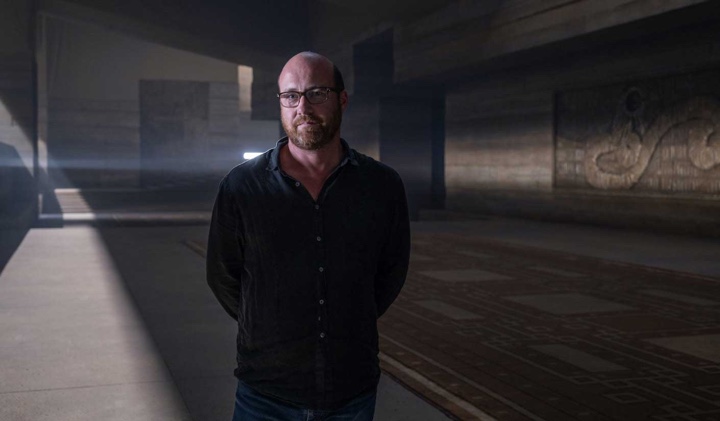
Patrice Vermette on the set of “Dune”, courtesy of Warner Bros Entertainment Inc
Kirill: Welcome back, Patrice. We spoke back in 2016 about your work on “Sicario”. How were these last eight years for you?
Patrice: 2016 was the year that “Arrival” was released. The movie was a success, earning 8 Academy Award nominations including 1 win for sound and provided me my second Oscar nomination.
Between then and now, I also had the opportunity to work with different directors. Nash Edgerton on “Gringo”, Hany Abu-Assad on “The Mountain Between Us”, and Adam McKay on “Vice”. It’s great working with different people. It gives you a different perspective about film making and it puts you outside of your comfort zone – which is great.
In early February 2018 Denis asked me if I’d be interested in working on “Dune” with him. We embarked on this amazing year and a half journey.
Shortly after, I was given the opportunity to collaborate with Alejandro G. Iñárritu on “Bardo”, but when we were only three weeks from the camera to roll, the pandemic hit, and we were sent home. It was quite heartbreaking, but it was obviously nothing compared to what was going on in the world.
The world had changed overnight. It was a question of reinventing ourselves, learning new technologies, trying to understand how we could go about doing our work. I was already accustomed of doing distant work during soft prep but this time it was a question of being able to manage it for a greater period. During the pandemic, I was extremely fortunate to be able to work on the development of different projects while staying home with my family. “Tron: Ares” was one of them. I met Garth Davis through this experience. We had a lot of fun, but unfortunately, it did not go further than three months.
After the Tron adventure, Garth Davis asked me if I would be interested in continuing our working relationship on a smaller project which was “Foe”. A beautiful film shot in Australia. Soon after the release of Done Part 1, Part 2 was greenlit and I was off on a new journey, reuniting with Denis Villeneuve.
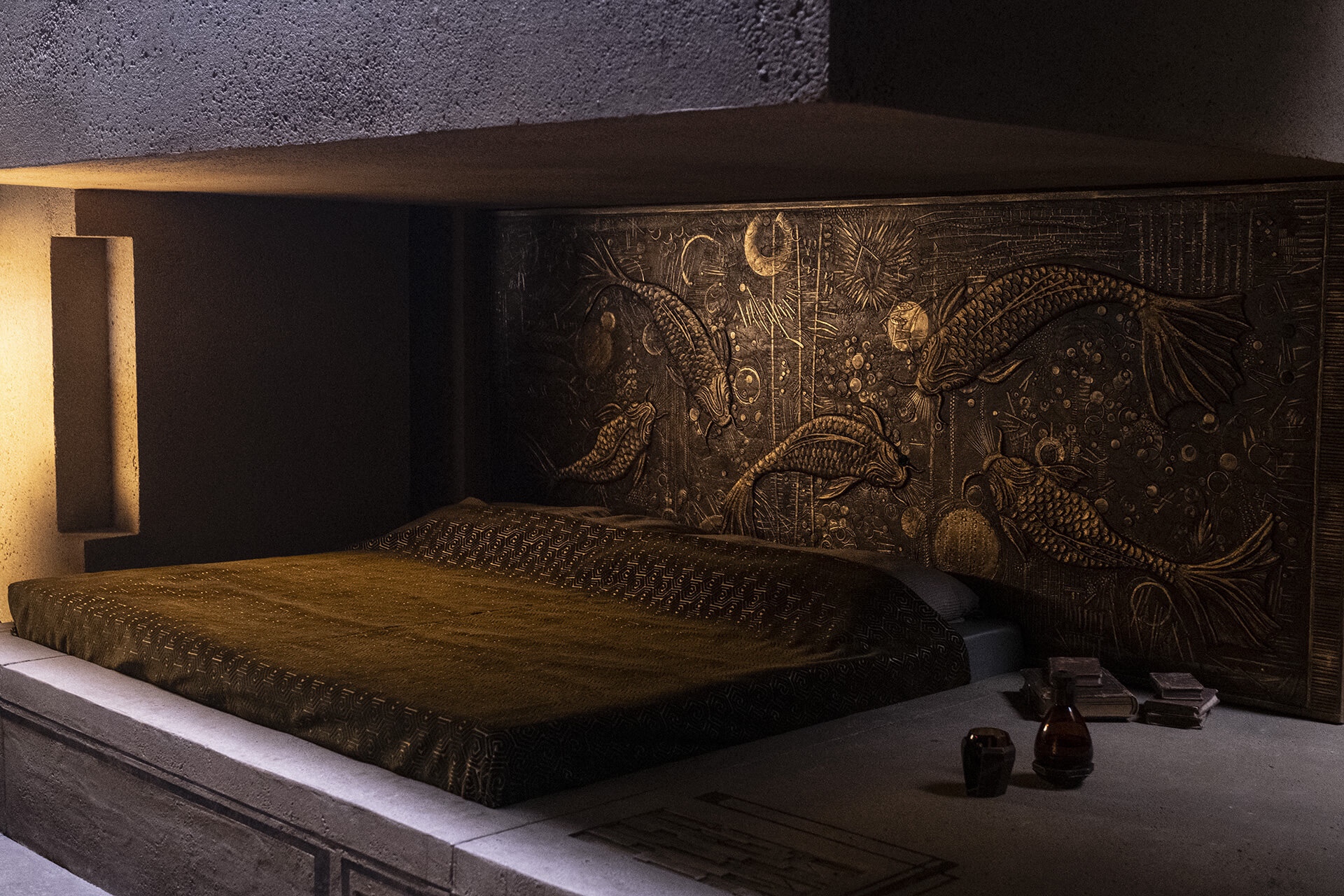
Production design of “Dune” by Patrice Vermette, courtesy of Warner Bros Entertainment Inc
Kirill: There’s so much material that is packed even into the first book of the “Dune” series, and for a long time the series has been considered unadaptable to the screen, or perhaps uncontainable in a sense that there’s so much in there. How do you choose which parts to focus on and which parts may be less important in this adaptation?
Patrice: The book “Dune” was a fantasy project of Denis Villeneuve. He had read the book when he was 13, and had done some storyboards with his best friend when he was 15. So we approached “Dune” with his vision of the book.
From the get-go it was obvious that there’s too much in the book to fit in one movie and Denis took the decision to split the book in two movies quite some time before I got involved in the project. It’s really Denis’ cinematic adaptation. He worked with the scriptwriters on distilling the elements from the book to make it easier to understand for the viewer. Some elements needed to remain in the book. That was all Denis, the scriptwriters, and the producers.
When I started working on the film, I started by reading the book again. I had first read it when I was a teenager as it was quite popular back then. I understood the responsibility I had towards the material but also towards Denis as it is such an important book to him. I wanted to go back to the source, and by doing so, I took notes and found some interesting elements that gave me clues on how I should approach the design.
Those clues are not necessarily mentioned in the script, but it’s there in the book. Frank Herbert doesn’t give all the answers. Even though you have the lexicon with all the terms used in the book, it doesn’t go much into details. As an example, it describes ornithopters as ships with wings that flap like birds. You really need to go through the book and distill the little clues before approaching how the things should look and be designed.
Everything in the design of the film is a reaction, a conversation with the natural elements of the planet, the economics of the planet, how those people live. It’s what makes up a culture and how I approached it. For Denis and I, design for design cannot exist. Design needs to support storytelling, inform us of the past as well as the future. Working with him is such a pleasurable experience because we have a shorthand. There’s no hurdles. We move forward all the time, and that allows us to go deeper into the details.
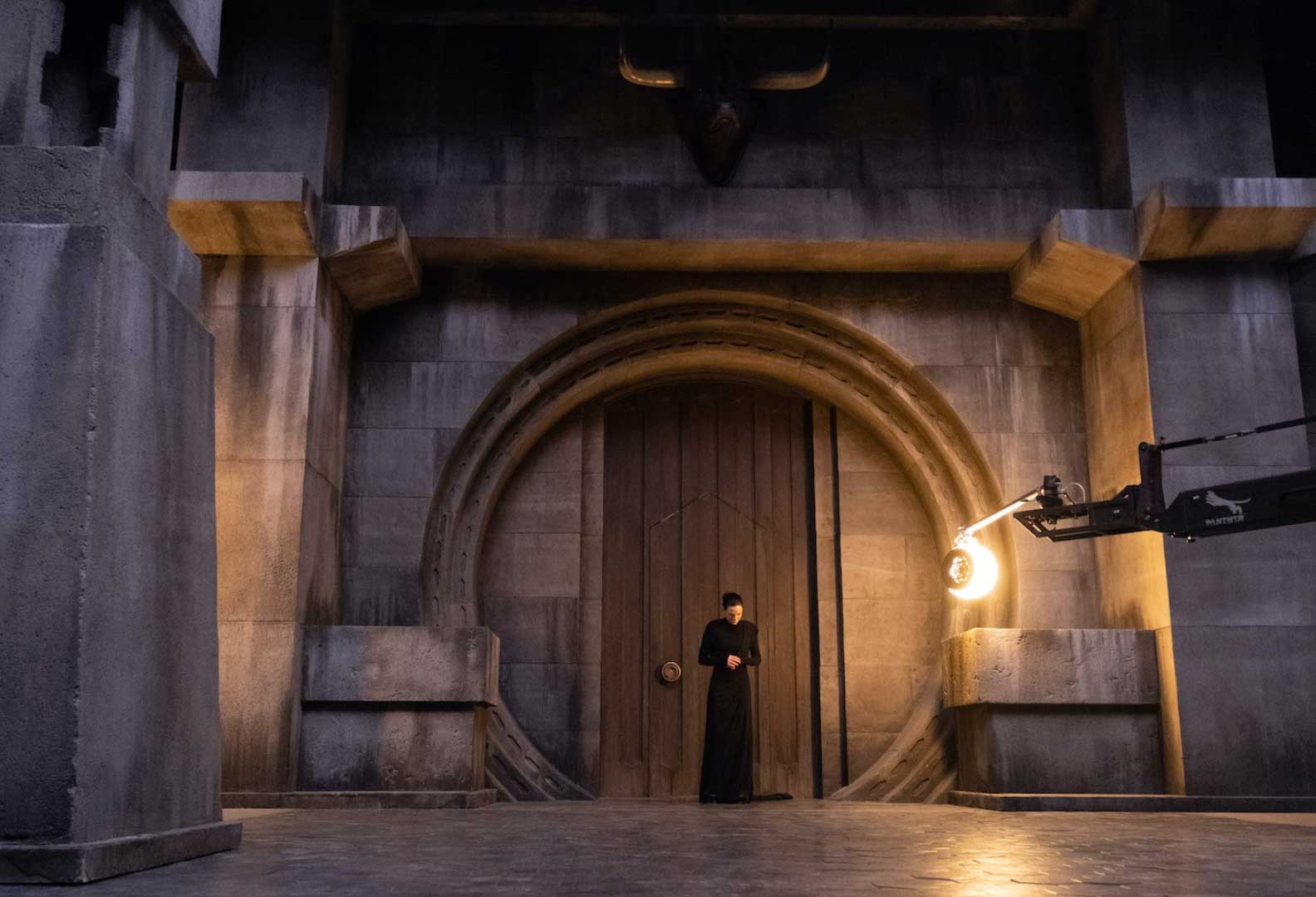
Production design of “Dune” by Patrice Vermette, courtesy of Warner Bros Entertainment Inc
Continue reading »
Continuing the ongoing series of interviews with creative artists working on various aspects of movie and TV productions, it is my pleasure to welcome Bárbara Pérez-Solero. In this interview, she talks about the transition of the industry to digital tools over the years, working through the global pandemic, the potential impact of generative AI on the industry, and finding inspiration for her work. Around these and more, Bárbara dives deep into her work on the two seasons of the fan-favorite “Warrior Nun”.
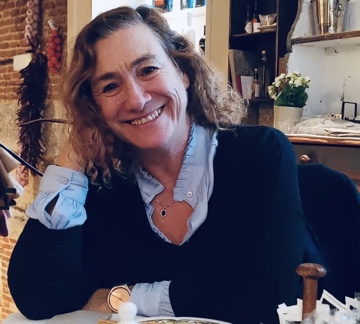 Kirill: Please tell us about yourself and how you started in the industry.
Kirill: Please tell us about yourself and how you started in the industry.
Barbara: It was not a purpose in my life. I come from a very creative family. My grandfather was a renaissance man and a pioneer in the advertising industry. He painted, wrote for newspapers, wrote poetry, played violin and piano, and he was designing all these incredible ads back in the ’30s. My father followed his path and he had his own advertising agency. So I was always surrounded by creativity.
I loved to paint since I was very little, and when I grew up, I wanted to study fine arts. I worked in contemporary art for a few years; I had a friend who was a movie producer, and she invited me to a shooting. She told me that I had everything that was required to do that job. I love literature and I love storytelling, and I did love cinema too. So I went to that shooting, and completely fell in love since the first moment. And I’ve been doing it for the last 32 years [laughs].
Kirill: If you look at how things were back 30 years ago and how things are now, what would be immediately recognizable in the art department and what would be significantly different?
Barbara: It’s all about technology. When I started, we didn’t even have cell phones. You were calling your boss from a public phone down the street, and all the phones were broken, and you were constantly out of coins [laughs]. It was a complete nightmare. You took pictures, and it took more than a week to develop them. And then it was down to one day, and then it was only two hours! The process was much slower than now. Nowadays it’s a fast world, and you have to react fast. You never have enough time even on the big projects.
We used to shoot on 35mm and film was expensive. You didn’t shoot as much because of the cost. Now you can be shooting for hours and hours, and it costs almost nothing in comparison.
We didn’t have any computers. Everything was drawn by hand, and then redrawn by hand to incorporate changes. Everything took a lot more time. Now I can be riding in a van, and sending images to my art director with concept design or whatever, and you’re moving and designing at the same time as you’re scouting.
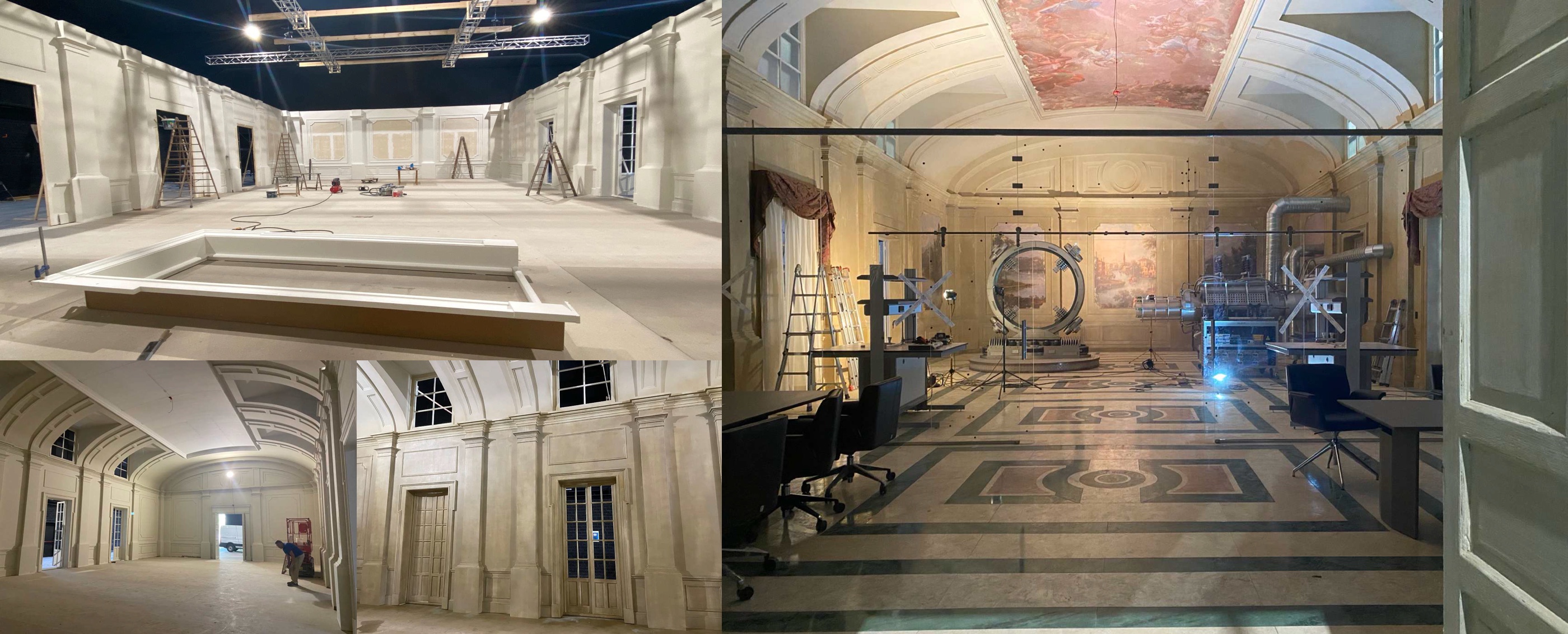
Set builds on “Warrior Nun”, courtesy of Bárbara Pérez-Solero.
Kirill: Is there anything missing when the new generation comes in and it’s fully digital, using a stylus and a tablet without having learned how to put pencil to paper?
Barbara: I wonder about this every day. I’m turning 59 this month, and I did embrace digital when it came along. You have to embrace new technology, because it gets complicated if you don’t. It’s been years since I’ve done a concept drawing on paper myself.
I see young directors that are starting to turn their backs to technology. They don’t want WhatsApp, they don’t want that immediate exchange when they are in the field. But on the other hand, it’s useless to push back against technology. We cannot stay as we were forever, with that drawing table and paper. I wish we could. I’m nostalgic like everyone. Even the young people come around to loving it, but it’s not possible anymore. Technology is incredible. To be able to draw something this fast, and to share it with other people in that moment, and to have a conversation – that allows you to find the answer you’re looking for. You can work with your carpenter or your painter right there in that moment.
On the other hand, it is happening so fast now. That’s the worst side of it. You almost don’t have any time to think about anything. I used to smoke a lot, and it used to be that after I finished a set, I would go outside, light a cigarette or two, and take a moment for myself to think about how it feels, what went right and what went wrong. There’s no time for this anymore.
I see so many talented young people. I try not to complain, because I don’t want to feel like a grandma [laughs].
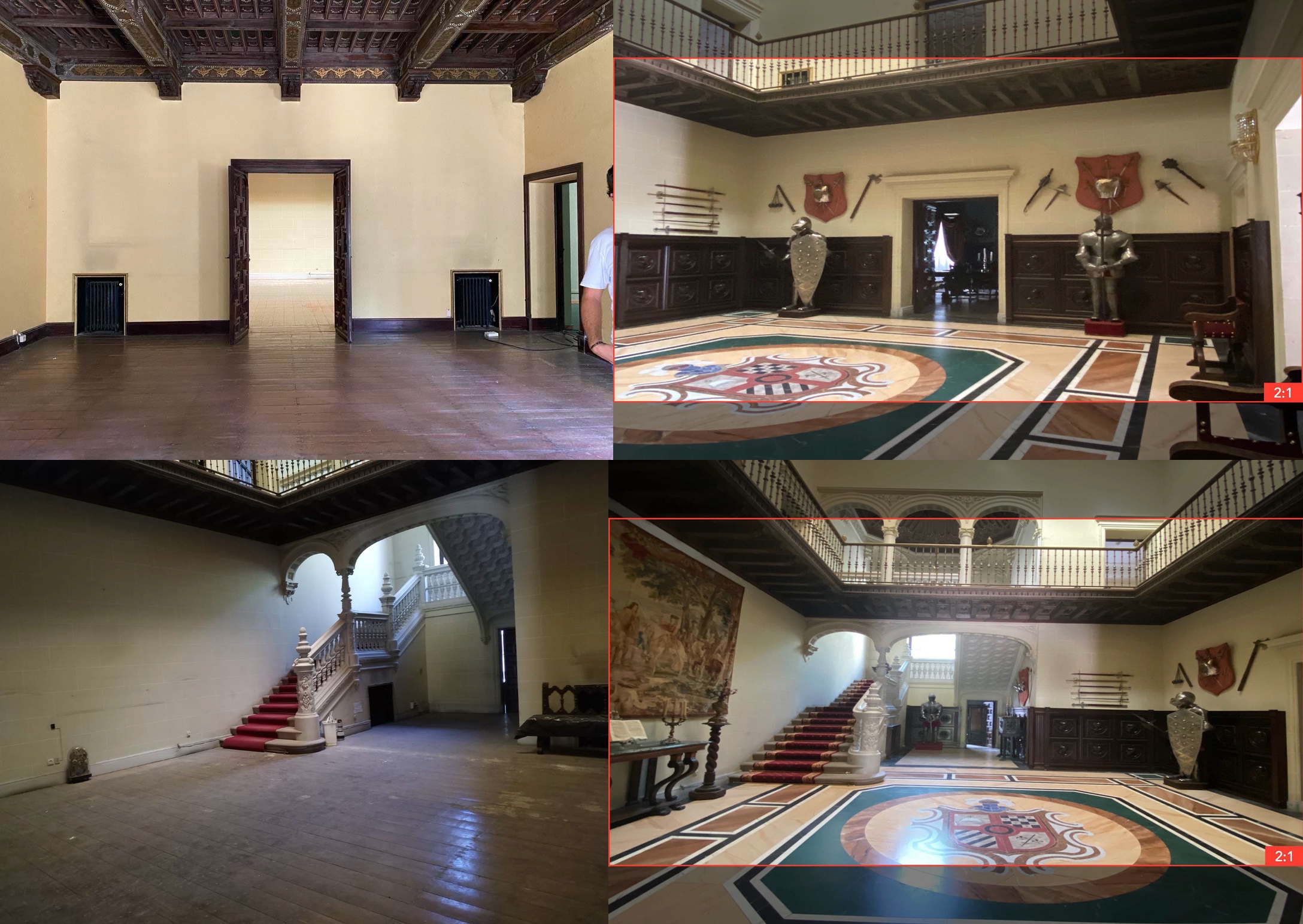
Set builds on “Warrior Nun”, courtesy of Bárbara Pérez-Solero.
Continue reading »
Continuing the ongoing series of interviews with creative artists working on various aspects of movie and TV productions, it is my pleasure to welcome Sherri Kauk. In this interview, she talks about making connections across projects, what it means to be an artist, the role of film as a physical medium, the effect that Covid has had on the industry, and the potential impact of generative AI on the creative side of visual storytelling. Between all these and more, Sherri dives deep into her work on the recently released “Drugstore June”.
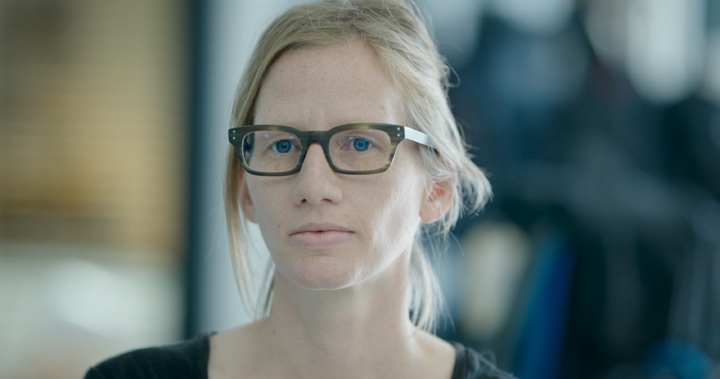
Kirill: Please tell us about yourself and the path that took you to where you are today.
Sherri: My pleasure. Thank you Kirill. I am Sherri Kauk, and I’m a cinematographer based in Los Angeles and Chicago. I grew up in a small midwestern town and I always had a feeling of a larger world beyond my city limits.
Somewhere around high school, I took over my dad’s Canon AE-1 Program 35mm film camera, and that was the beginning of the lifelong process of filmmaking, and working with technology to express visually a response to what is before me. Probably the first rolls were out of focus, or the shutter angle was miscalculated, or exposure was off [laughs], but it was a lesson both in craft and costs! But then you get that perfect frame…
I remember first experiencing a room of hundreds of people laughing at a scripted punchline in one of my college films. At that moment the image created became not about “the shot,” but about creating a moment together with those around me. These are the magical moments for me. And, that Drugstore June, premiered in theaters offers the magic of sharing space together back to films. The filmmaking journey is long and winding, but it’s creating these moments that keep the fascination alive.
So, my career path started with that Canon camera, and the curiosity about what else was out there, which then led me to leave Ohio and go to film school at Ithaca College in upstate New York. While in college, I was able to meet Shane Hurlbut ASC, and I interned on The Greatest Game. That internship put me on my first Hollywood film set (in Canada!) and allowed me to feel and experience the filmmaking world from the inside. 20 years later, I am a mentor at Shane and Lydia Hurlbut’s Filmmaker Academy! On that film set, 20 years ago, I experienced movie making magic from the inside of the filmmaking industry. Today, the Filmmakers Academy continues to bring filmmakers into the inner circle, but on a level reaching thousands of aspiring storytellers versus 1.
And, 20 years later, I have traveled the world. I’m blessed to be able to continue to fulfill that deep curiosity of the myriad ways people live and wake up and go to sleep every day.
Kirill: Hollywood is well known for creating and maintaining a very glamorous image of itself. But probably it’s not as glamorous in the day-to-day goings on sets.
Sherri: When I have friends visiting Hollywood, everybody wants to go to Hollywood Boulevard – but if you live here, you know that it’s not the glamour corner of LA [laughs].
What we create is an interpretation of life. It’s a creation of an emotional experience. That is the magic. You get to Hollywood and you see that the magic is not literal. It doesn’t exist in front of your face. You have to create it. It’s a great parallel to life and how we live life as well. You do have to create your own interpretation of what you want reality to be, in a way. You have to perform your own magic trick of life!
Filmmakers are creating a curated, intentional experience. But the creation itself is like everything else in life. So much of what goes into every production is a physical act and an active exploration of different versions of every scene, dialogue, location, blocking, lighting and frame.
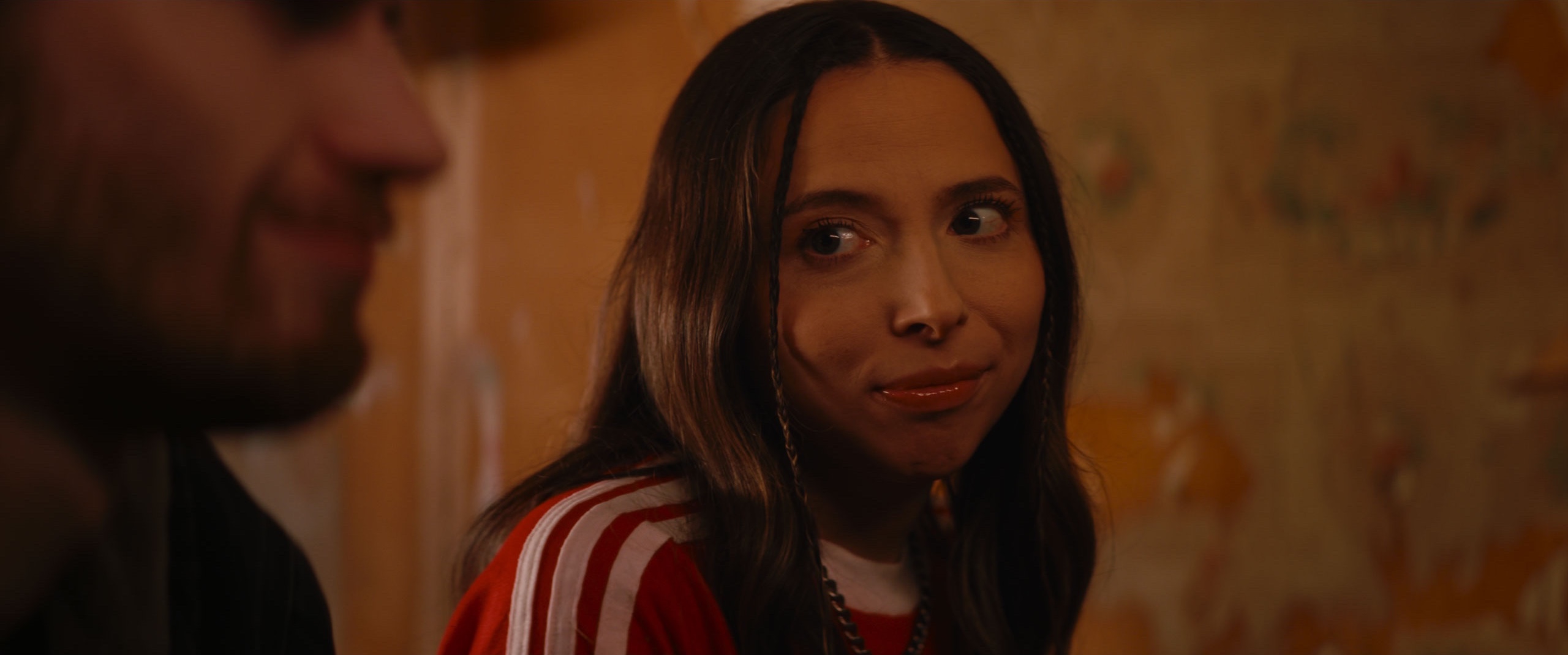
Continue reading »
It gives me great pleasure to announce the next major release of Radiance. Let’s get to what’s been fixed, and what’s been added. First, I’m going to use emojis to mark different parts of it like this:
💔 marks an incompatible API / binary change
🎁 marks new features
🔧 marks bug fixes and general improvements
Component
Theming
There’s still a long road ahead to continue exploring the ever-fascinating depths of what it takes to write elegant and high-performing desktop applications in Swing. If you’re in the business of writing just such apps, I’d love for you to take this Radiance release for a spin. Click here to get the instructions on how to add Radiance to your builds. And don’t forget that all of the modules require Java 9 to build and run.
![]()
![]()
![]()